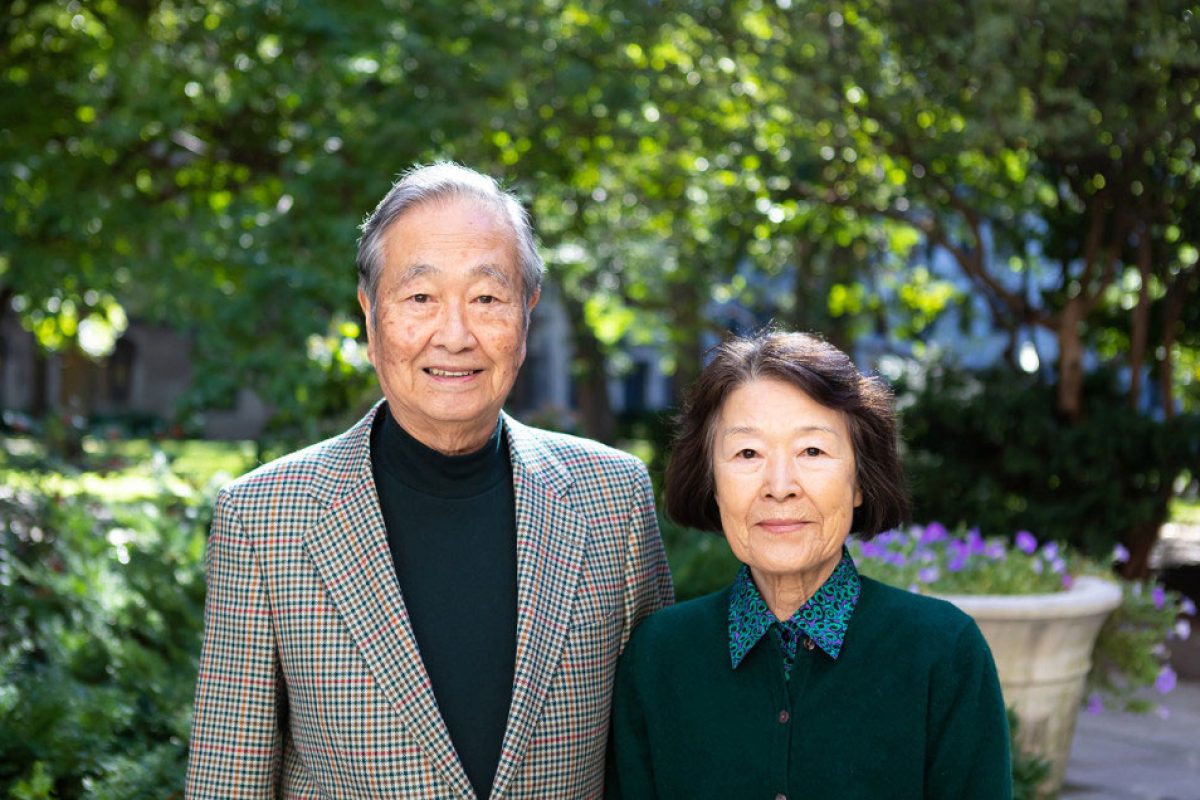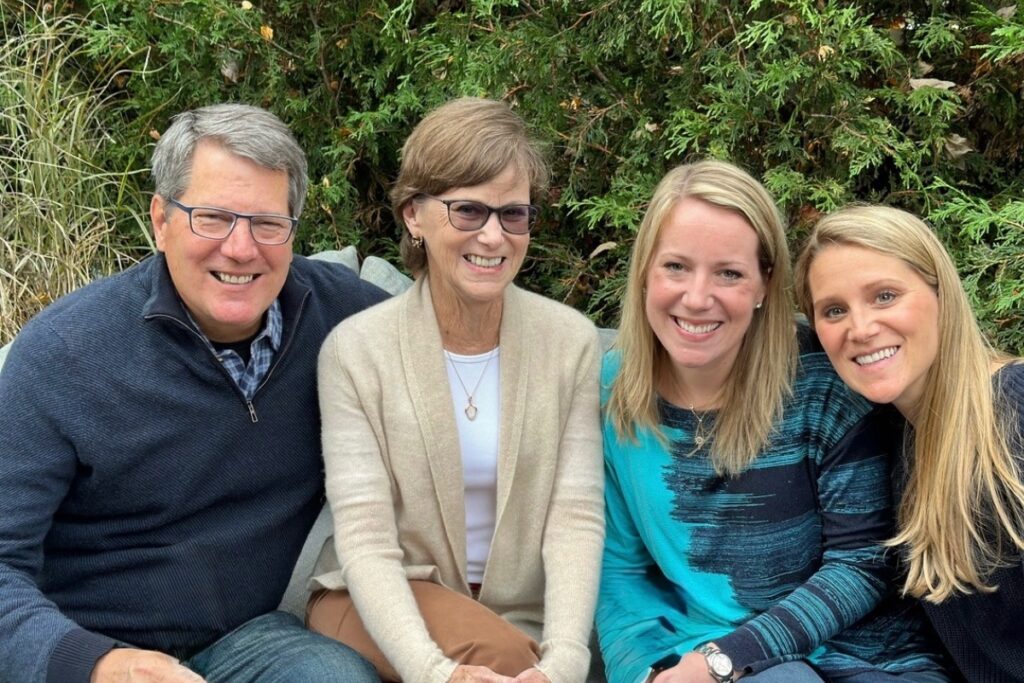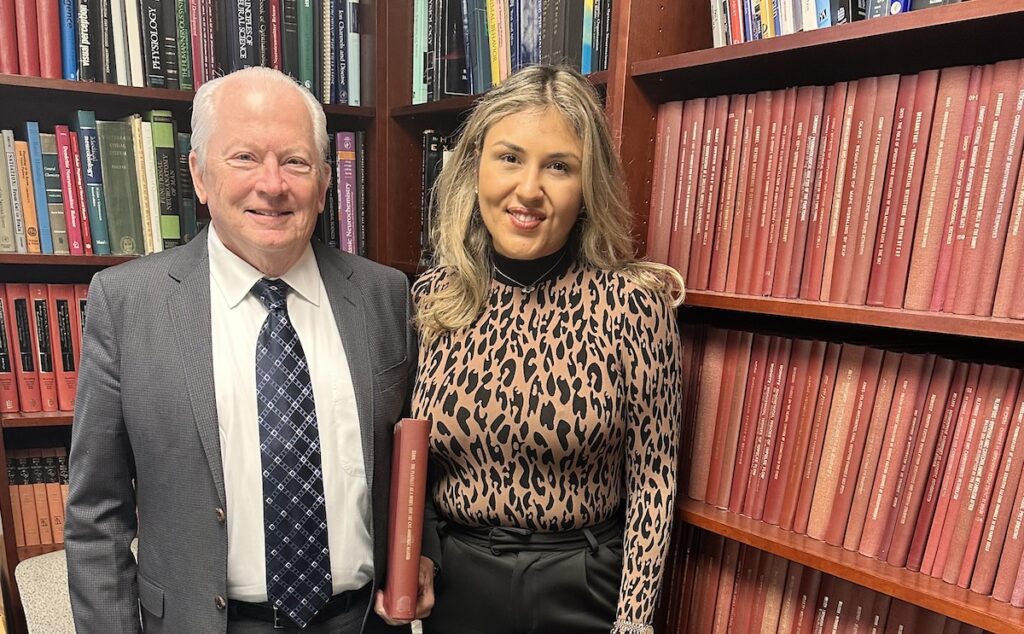“I came to Chicago with the intention of staying two or three years, but ended up staying for my entire career,” said Kunio Doi, PhD, emeritus professor in the Department of Radiology at the University of Chicago.
Born in Japan in 1939, Doi worked at a small company called Kyokko Research Laboratories before coming to the University of Chicago in 1969. He was drawn to stay thanks to the collaborative environment he found working in the Kurt Rossmann Laboratories for Radiologic Image Research in the Department of Radiology.
From his appointment as assistant professor in the Department of Radiology in 1969 until his retirement in 2009, Doi published more than 610 articles, was named the Ralph W. Gerard Professor in the Biological Sciences, and emerged as a leader in the field of computer-aided diagnosis (CAD).
After his retirement, Doi wanted to give back to the University that had fostered his career, growth, and success as a researcher. His $2 million bequest will establish and endow the Dr. and Mrs. Kunio Doi Scholarship and Research Fund at the University of Chicago to provide scholarship support to students in the Medical Physics Program and support the research projects of trainees in the Department of Radiology.
“This is my way of giving back to the University of Chicago, which provided so much for me and my team over the years,” Doi said.
According to Doi, making philanthropic donations is not a common practice in Japan, and is sometimes even discouraged. Yet, during his time living in the US, Doi discovered the benefits of making charitable gifts.
“I think if everyone gives back—even a small amount—it can make a big difference to our society.”
Doi hopes his gift will help young scientists continue their research and education at the University of Chicago. During his career at the University, Doi served as director of Graduate Programs in Medical Physics in the Department of Radiology for more than 10 years, working with many students, trainees, and research associates, who went on to work at universities across the US and around the world. He estimates that he trained approximately 90 professors working worldwide today, including Maryellen Giger, PhD, A.N. Pritzker Professor of Radiology at the University of Chicago, and Heang-Ping Chan, PhD, professor of radiology at the University of Michigan—both of whom are advancing Doi’s CAD research.
Widely recognized as the “father of computer-aided diagnosis,” Doi began large-scale research and development of CAD schemes in the early 1980s. By the mid-80s, he and his team developed approaches for the detection of lesions—including masses and microcalcifications (tiny deposits of calcium that may indicate cancer is present)—in breast cancer mammograms, as well as lung nodules in chest images and CT scans.
The underlying philosophy behind this work was that—by combining the abilities of physicians with the capacities of computers—you could substantially improve detection of cancers. While the computer is more successful in identifying abnormal cases, human judgment is superior in identifying normal cases, leading Doi to deduce that radiologists and computers would be most accurate if they worked together, with the computer providing a “second opinion” in diagnostic decisions.
In 1987, Doi and his team received their first CAD patent, which was subsequently commercialized by R2 Technology and received FDA-approval. Today, it is the most commonly cited patent in the field of CAD technology.
“CAD has come a long way and is now part of routine clinical work for the detection of breast cancer, contributing to increased detection rates,” Doi said. “However, I believe that breast cancer detection using CAD is just the beginning. There are many other cancers that CAD can be applied to that will improve diagnostic accuracy, so I hope this work will continue to advance in the future.”
Today in the United States, more than 90 percent of the approximately 38 million mammograms done each year are analyzed using CAD technology.
Doi emphasizes that his accomplishments would not have been possible without teamwork, including collaborations with his medical colleagues at the University of Chicago, as well as investigators and major companies around the world.
“My entire career, both while working in industry in Japan and working in academia at UChicago, has taught me that working together as a team is the key to accomplishing a goal and creating a successful product,” Doi said.
Doi’s advice to the students who will benefit from the scholarship he established aligns with his own experiences and dedication to his work.
“Rather than concern yourself with the small details of daily life, be ambitious and have a great dream for the future because if you work hard, your dream can be realized in the long-run.”




